Exploring Temporary Garage Solutions
The concept of a temporary garage is increasingly becoming a popular solution for those in need of flexible and mobile sheltering options. This category encompasses a variety of structures designed to offer protection to vehicles, equipment, or goods without the commitment or expense of permanent construction.
Varieties and Materials
Temporary garages come in several types, each serving a specific purpose. The materials used in their construction, such as galvanized steel, steel tube, or robust steel structures, are selected for their durability and weather resistance. Coatings such as powder and PVC ensure additional protection against the elements, extending the lifespan of these structures.
Applications and Features
The versatility of a portable car shelter is evident in its range of applications. From safeguarding vehicles in a residential setting to storing goods in a commercial space, these garages are adaptable to various environments. Features may include retractable doors, ventilation systems, and customizable dimensions, catering to the diverse needs of users.
Design and Color Options
Aesthetics play a role in the selection of a car canopy. With options ranging from neutral whites and grays to more vibrant blues, there is flexibility to match the temporary structure to its surroundings or to stand out, depending on the user's preference.
Advantages of Portable Garages
The primary advantage of a carport tent is its portability and ease of assembly. Unlike permanent structures, these can be relocated as required, making them ideal for temporary setups at events or seasonal use. The strength of materials like galvanized steel ensures that these garages can withstand various weather conditions, providing reliable protection.
Choosing the Right Temporary Garage
Selecting the appropriate pop-up garage involves considering the intended use, the climate it will face, and the space available. It is crucial to assess the quality of the materials, the design's functionality, and the ease of installation to ensure that the chosen product meets the user's needs.
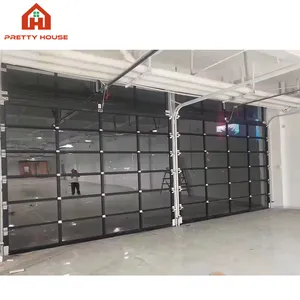

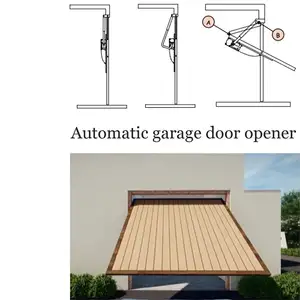




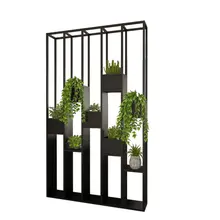

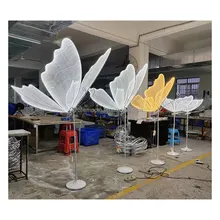








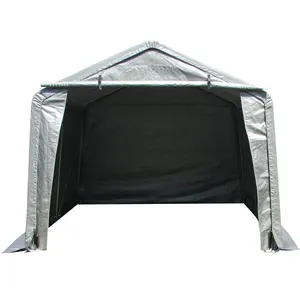





















 浙公网安备 33010002000092号
浙公网安备 33010002000092号 浙B2-20120091-4
浙B2-20120091-4